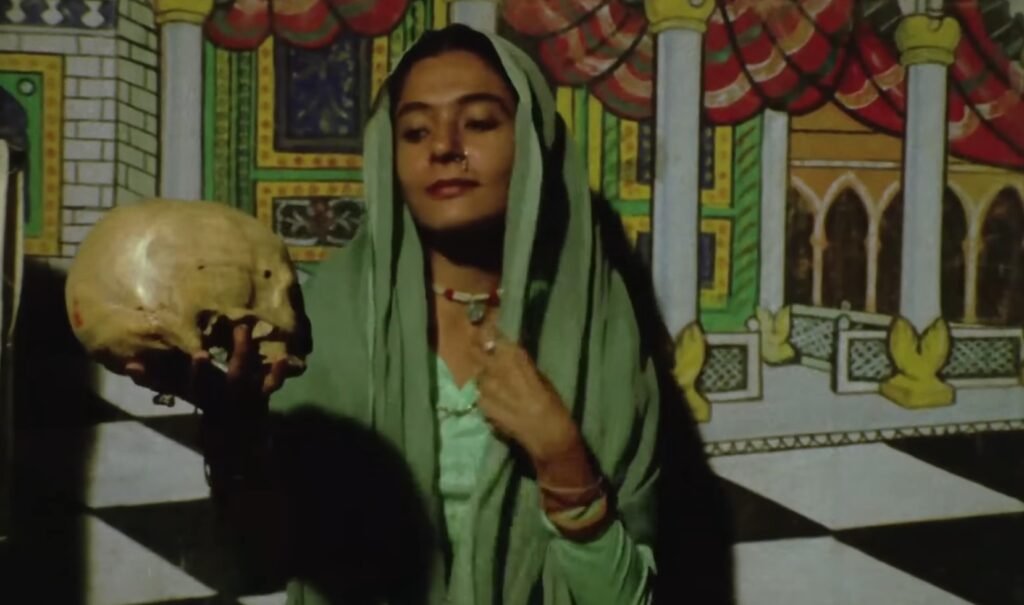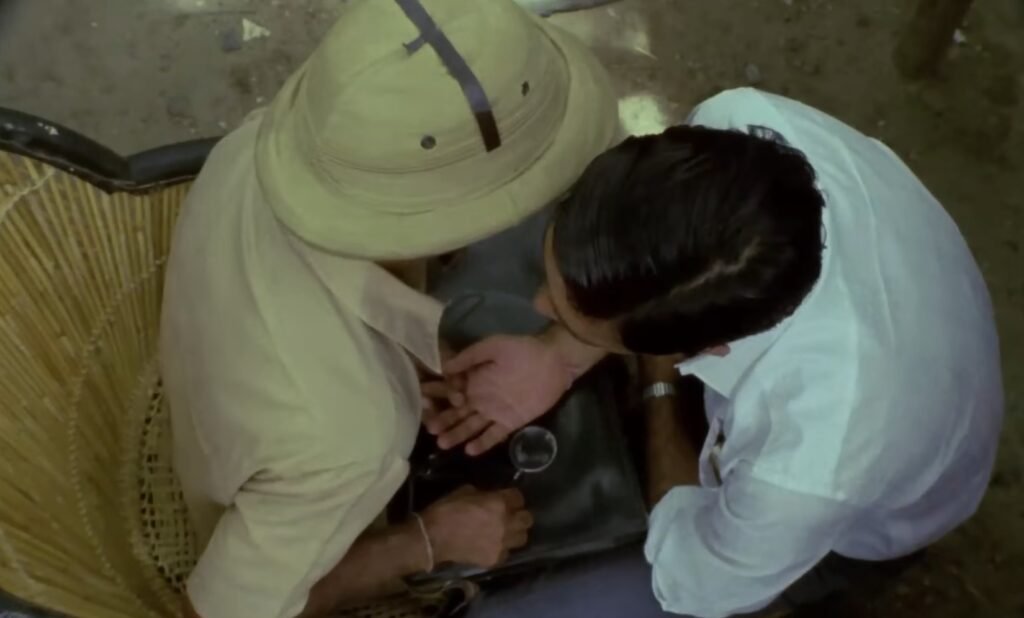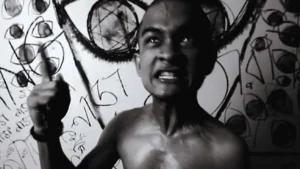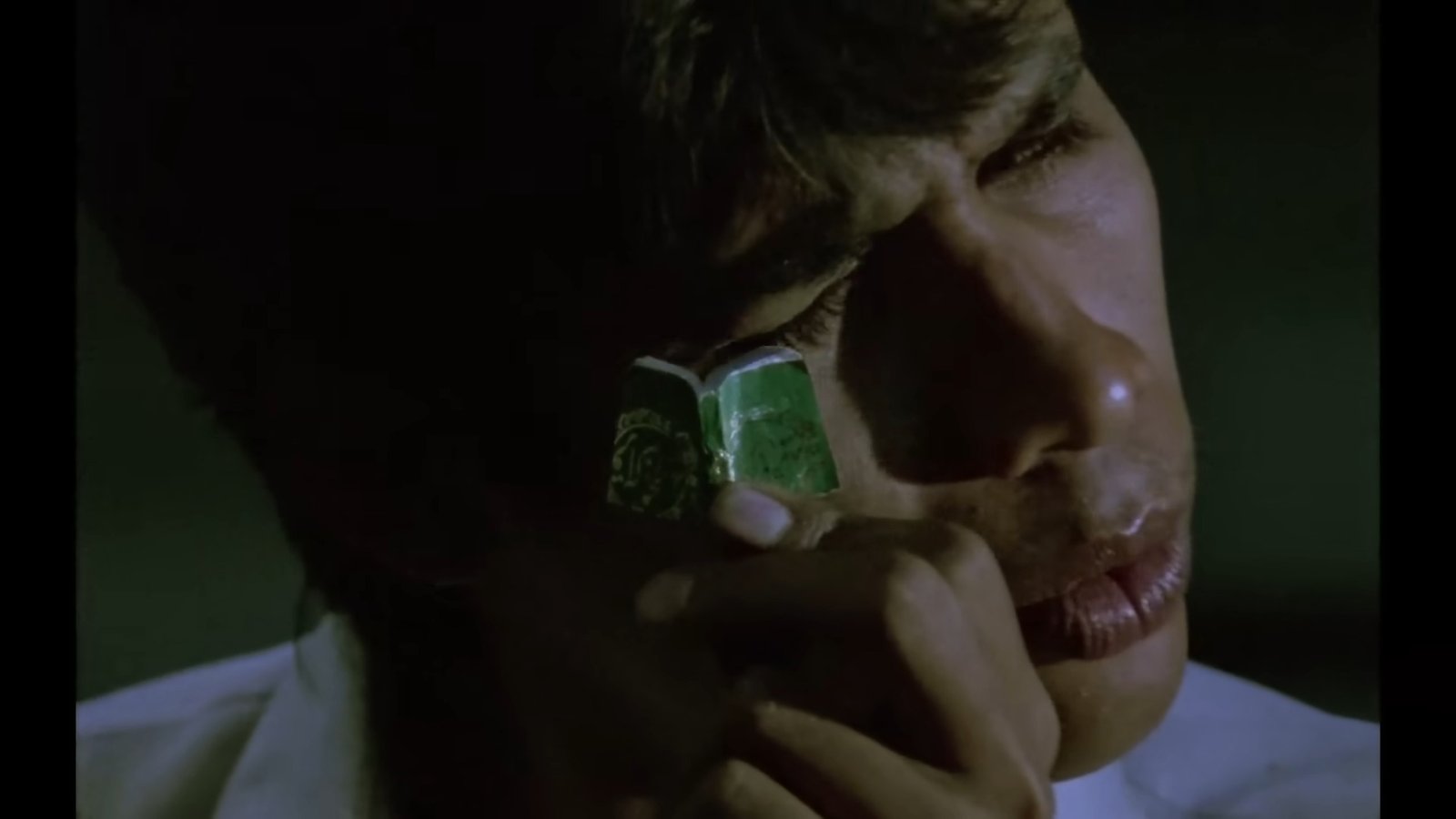Om Dar-B-Dar is an Indian post-modernist film that ruffled feathers when it was first made — and arguably, it’s still a film that is bound to polarise people today. Although it was made back in 1988, it wasn’t released in India until 2014, roughly 25 years later.
India does have a tradition where it tends to censor films that may not fit the checklist for mass consumption, and Bandit Queen, Fire, and Parzania have also faced the censor board’s wrath.
But what happened in Om Dar-B-Dar’s case?
Here’s the truth.
Is Om Dar-B-Dar a Controversial Film? Why Was It Banned?

While Om Dar-B-Dar wasn’t banned outright, it was never granted a release by the National Film Development Corporation of India (NFDC) back in 1988.
Director Kamal Swaroop explained the entire ordeal in a conversation with the Hindustan Times. Since he ‘destroyed’ the film (in what he called an act of ‘anarchic activity’), it seemed as though the end result was vastly different than the script he had first submitted to NFDC.
Talking about how Om Dar-B-Dar was ‘rejected’ when it first came out, Swaroop revealed, “NFDC almost banned it too, you know, because they thought the film [was] very different from the script I had presented to them. They felt cheated. They also felt there must be some hidden sinister messages in it so even the censor board gave it an A certificate. The film was fully doomed when it came out.”

Today, Om Dar-B-Dar is seen as Swaroop’s masterpiece, but things were vastly different back in the day. The director revealed that this absurdist film actually ‘ruined’ his life.
Maybe it was luck, or maybe it was fate, but leaked copies of Om Dar-B-Dar made waves when distributed in the underground scene. Then, according to the director, in 2014, Indian actress Neena Gupta brought this Indian absurdist film back to the limelight — and that’s when Swaroop finally found acceptance for Om Dar-B-Dar.
Looking back at that time period, the director revealed how hard things really were for him, especially as his career and reputation took a massive hit. Swaroop said, “People used to laugh at me. They’d tease me saying, “Dar-B-Dar ghum raha hai, dekho!” As an artist, you need to be castled. You need some protective system. I didn’t have any of it.”

Expanding on this train of thought, Swaroop revealed that while it did take time for Om Dar-B-Dar to find its footing as a cult film, it was already ‘too late’ by then, as the director was already in his 60s.
“I had started to lose faith. I had almost given up. I was manically depressed for long years before that… My situation after Om Dar-B-Dar was I was neither the masses nor the classes. I was simply rejected.”
However, Swaroop also acknowledged that the cost of something transcending into the “cult” sphere has its own cost — one that is usually too steep. “You cannot be a cult figure for cheap.”
Expanding on his situation before Om Dar-B-Dar became the significant film it is today, he was living with loans that he had defaulted on as well. “I had compounded interest accumulating on me and NFDC banned me from working with them. I couldn’t find any work. Now, they have taken over the film and are minting money from it.”






